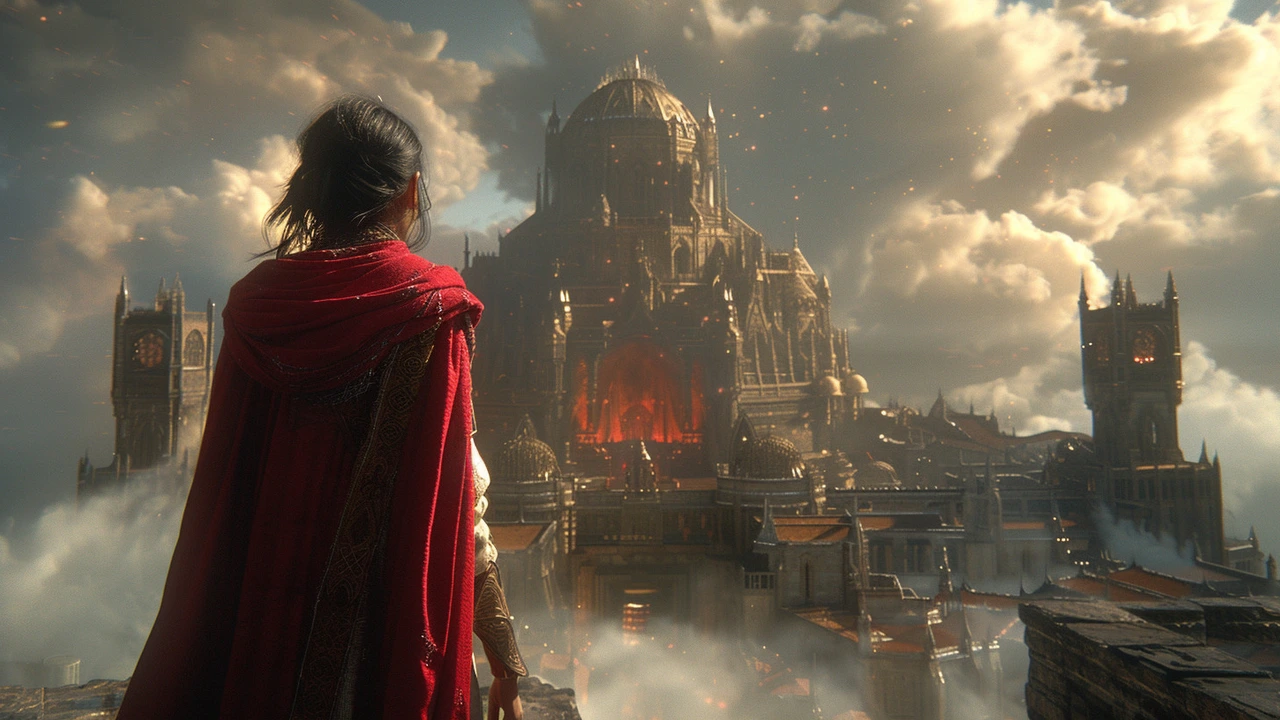Medieval Art: How to Spot the Real Things and Why They Still Matter
Want to tell a Byzantine mosaic from a Gothic window at a glance? Medieval art covers roughly 500–1500 CE and includes wildly different styles. This quick guide gives clear tips for identifying major medieval looks, where to see them, and how to enjoy them without needing a degree.
First, the basics: medieval art wasn’t just paintings. It includes mosaics, frescoes, illuminated manuscripts, sculpture, metalwork, and architecture. Each region and century added its own twist. So when you visit a church or museum, look for material and technique first—stone carving, glass, gold leaf, or painted parchment tell you a lot.
Byzantine, Romanesque, Gothic — what to look for
Byzantine art (think Hagia Sophia and glowing mosaics) favors flat, frontal figures, lots of gold, and a formal, spiritual look. Faces are stylized rather than natural. If you see shimmering tesserae or domed interiors with mosaics, you’re probably in the Byzantine world. For deeper reading, check our posts on "Byzantine Architecture: Cultural Meaning" and "The Synthesis of Classical and Eastern Styles" for examples and context.
Romanesque art and architecture are heavy and solid. Rounded arches, thick walls, barrel vaults, and bold stone sculpture over doorways are classic signs. Romanesque churches feel robust and grounded—builders used thick masonry because they couldn’t yet span wide spaces easily. Our "Romanesque Architecture: The Birth of a Grand Style" article dives into these construction tricks and why these buildings feel so monumental.
Gothic art turns everything vertical. Pointed arches, ribbed vaults, flying buttresses, and tall stained glass windows that flood interiors with color—those are the giveaways. Sculptures become more natural and expressive. If a cathedral makes your eyes travel up and light seems to pour through stories in colored glass, you’re in Gothic territory. For modern takes and revival styles, see our Gothic Revival pieces that show how medieval ideas returned centuries later.
Practical tips for visiting and collecting
When you visit a church or museum, bring a notebook or phone to record details: materials, motifs, dates, and any signs of restoration. Ask staff about lighting and conservation—many mosaics and manuscripts need low light. If you’re photographing, prioritize close-ups of technique (mosaic tesserae, brushwork, or carved chisel marks) instead of only wide shots.
Interested in books or replicas? Start with good photo guides and museum catalogs that show both whole objects and details. If you’re thinking about buying medieval-style pieces, verify age with a reputable dealer and ask for conservation records.
Medieval art can feel distant, but it shaped how buildings, liturgy, and visual storytelling developed across Europe and beyond. Use your visits to notice technique, scale, and material—those clues make the past readable. For more guides and in-depth posts on related architecture and styles, explore Macklowe Art & Architecture’s tag pages and individual articles listed under medieval topics.

Gothic Architecture: The Artistic Language of the Middle Ages
Oh, sweethearts, let's go on a time machine ride back to the Middle Ages, where the art of Gothic Architecture was born! Imagine this: towering spires, flying buttresses, and ribbed vaults - it's the architectural equivalent of a dramatic Shakespeare play! This style came to life during the Middle Ages, and let me tell you, it was the talk of the town (or should I say, castle?)! It was a way for architects to express themselves, like a diary written in stone! So, buckle up my lovelies, Gothic Architecture is not just arches and pillars, it's a love letter to artistic expression in the time of knights and castles!
Read more